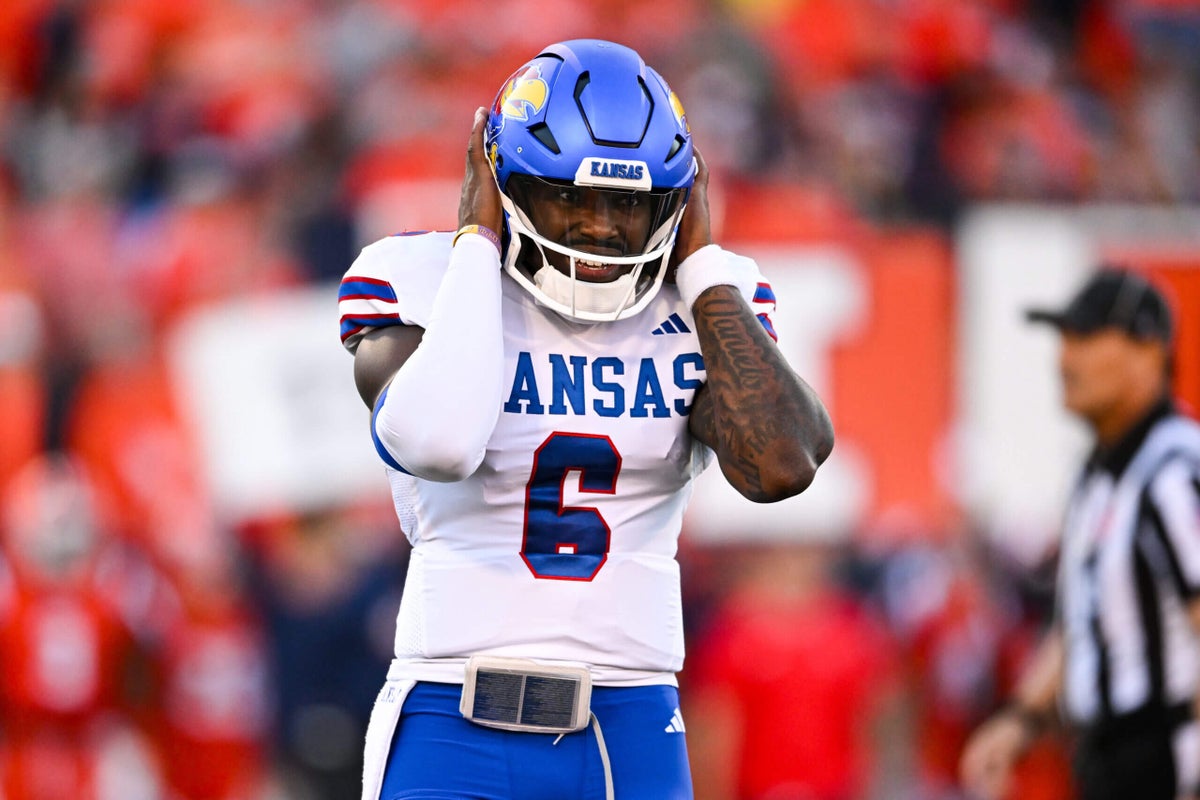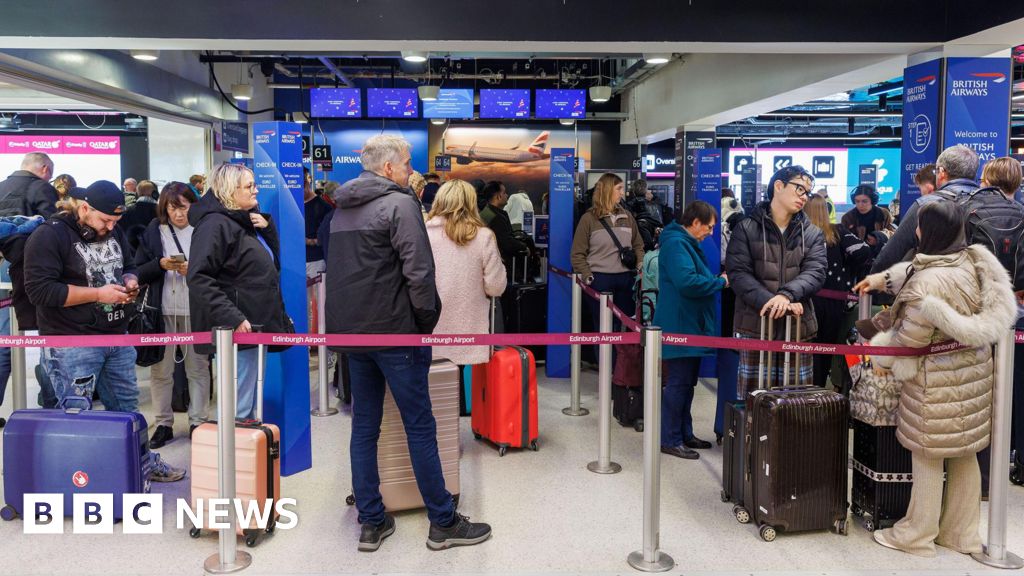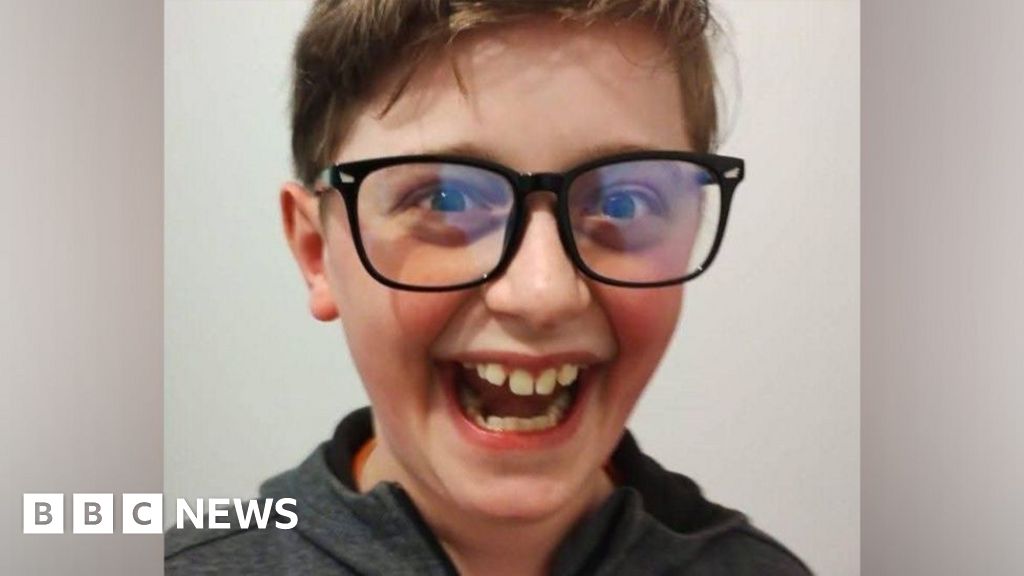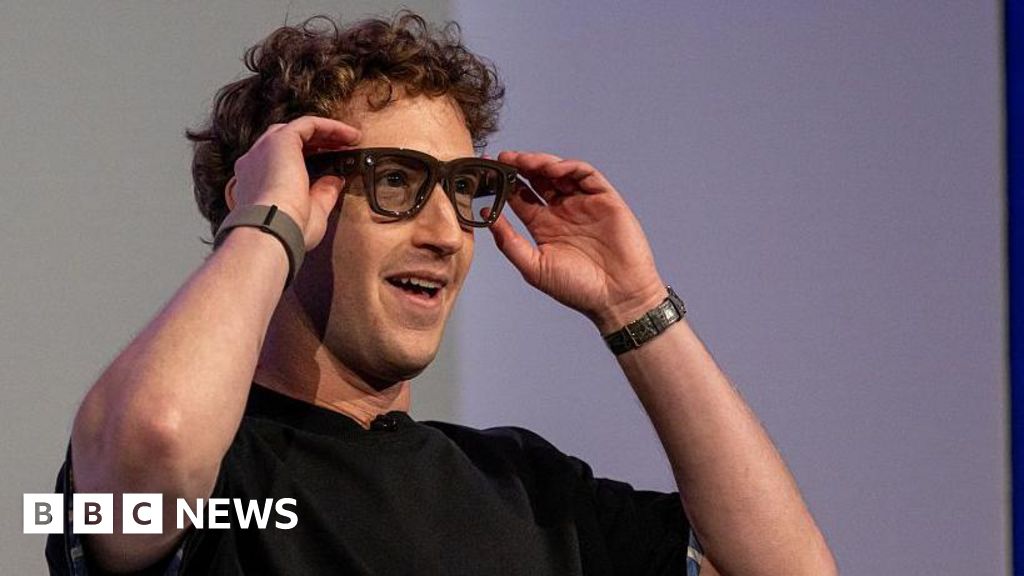
What to know about college football’s new helmet communication rules
- Sports
- October 5, 2024
- No Comment
- 149
Consider it a high-stakes game of telephone.
You may have noticed the uptick of college football quarterbacks cupping their helmets to muffle the sounds of the loudest stadiums in the country. That’s because coach-to-player helmet communication arrived this season for all 134 Football Bowl Subdivision programs.
Thirty years after the NFL debuted the technology, the NCAA Playing Rules Oversight Panel approved the use of helmet communication (as well as sideline tablets) for FBS teams in April, following a trial period in last season’s bowl games.
Here’s how it works.
Who has access to helmet communication, and how does it work?
One player on the field for each team — one on offense and one on defense — can have helmet communication. On offense, that player is typically the quarterback.
The designated player is identified by a green dot on the back of his helmet, just like the NFL. If more than one green dot per team is detected on the field by the officials, the team will be penalized with a 5-yard equipment violation penalty, automatically initiating a conference review, per the NCAA.
The conference review would examine whether teams intentionally allowed a second green-dot helmet in the game at the same time. The review would occur in the days following the game and any additional discipline would be up to the conference, an NCAA source with knowledge of the review process said.
On the sideline, each team is limited to three coach-to-player caller radios and belt packs. Presumably, teams allocate those to the head coach, offensive coordinator and defensive coordinator.
Coach-to-player helmet communication shuts off at the 15-second mark on the play clock or when the ball is snapped, whichever happens first, and remains off throughout the down. When the play clock is reset to 25 or 40 seconds, the communications are restored. (The play clock is set to 25 seconds after a penalty, charged team timeout, media timeout or injury timeout for an offensive player and to 40 seconds after a play ends or after an injury timeout for a defensive player.)
The cutoff operator is hired, assigned and managed by each conference.
On free-kick plays, the coach-to-player communication is not in effect.
Each team can use a maximum of 23 regular headsets within the team area, coaches’ box or coaches’ booth. Any team personnel can wear one, and two additional headsets are used by technicians to monitor the system and address any technical issues.
Is coach-to-player helmet communication mandatory?

USC coach Lincoln Riley reviews a tablet on the sideline against LSU on Sept. 1 at Allegiant Stadium. (Photo: Ric Tapia / Getty Images)
No. The technology is optional, as is using tablets to view in-game video — including broadcast feeds, All-22 sideline and end zone angles.
A team can use helmet communication even if its opponent does not. If a team opts not to use or fully rely on the technology, a coach can communicate with the QB through the traditional methods of sideline signs and hand signals.
If one team’s communication stops working, however, the opposing team must also cease use of its helmet comms.
What happens when an FBS team plays an FCS team?
Helmet communication is not permitted at the Football Championship Subdivision level, but FCS teams can use the technology when playing an FBS opponent.
North Dakota State did so when it opened its season against Colorado in Week 1. Bison offensive coordinator Jake Landry said in August the single-game adjustment would still be “a learning curve” for the team, which fell to the Buffaloes 31-26.
“How much is too much information?” Landry said, according to 247Sports. “How much do you want to know? What little tidbits can we provide?”
Important ones, according to Georgia quarterback Carson Beck.
This offseason, Georgia’s QB1 said he “loves” that offensive coordinator Mike Bobo can talk into his ear “because there’s maybe like a little cue that he might say for a play, like look out for this coverage or look out for this, if they do this, do this — just like little things.”
Advantages vs. disadvantages

Michigan staffers on the sideline of last year’s championship game. College teams have long used signs — some unorthodox — to communicate plays to the team on the field. (Photo: Carmen Mandato / Getty Images)
A coach can do more than tell his QB which play to run. Helmet comms can also be used for bigger-picture reminders of time, down and situation and when it’s time to take a risk or play it safe.
Another big advantage is what it could help minimize — sign stealing.
Using electronic equipment to record, or “steal,” opponents’ signs is not legal in college football. The NCAA also prohibits off-campus, in-person scouting of future opponents during the same season. An alleged scheme at Michigan concerning the latter led to an NCAA investigation this past year.
But on-field, in-person sign stealing is allowed. Former Michigan QB J.J. McCarthy estimated “80 percent” of college football teams steal signs, “which is legal,” he said in January.

GO DEEPER
‘That’s as big as it gets’: How much does knowing an opponent’s signals matter?
Teams haven’t stopped using sideline signals. But move some of that communication to the helmet, and you can take away — or at least, reduce — the interception of it, right?
“Sign-stealing happens every game,” Nebraska coach Matt Rhule said in March. “There’s nothing wrong with teams looking over trying to steal our signs. There’s nothing wrong with us trying to look at their signs. That’s why you should have mics in the helmets.”
Coach Rhule touches on sign stealing and if he noticed it when they played vs. #Michigan 👀 pic.twitter.com/NsZQDtXNY3
— 247Huskers (@247Huskers) October 23, 2023
The enemy of coach-to-player helmet communication is, ironically, noise. College games “just have a tendency” to be louder than NFL games, said Rhule, who coached the Carolina Panthers from 2020 to 2022.
“In general, how loud (the fans) can be in a stadium really impacts the game,” Rhule told reporters following Nebraska’s Week 1 win over UTEP. “It’s not just, ‘It’s third down, let’s try to make them jump offsides’ anymore, it’s ‘Make it really hard for them to hear the play calls and the checks,’ because it was hard for us at times.”
While helmet communication is helpful, it is imperfect. Auburn coach Hugh Freeze said the team is preparing for alternate solutions as it heads to a hostile road environment in Georgia on Saturday. The Tigers played their first five games of the season at home.
“We’re making it loud at practice for them to have difficult time communicating and see how they handle that,” Freeze said, according to AL.com. “Having alternative plans of how we are going to do play calling, or whatever it takes to try to make sure our kids at least have a good understanding of what’s fixing to go on.”
Required reading
(Photo: James Black / Icon Sportswire via Getty Images)
#college #footballs #helmet #communication #rules









